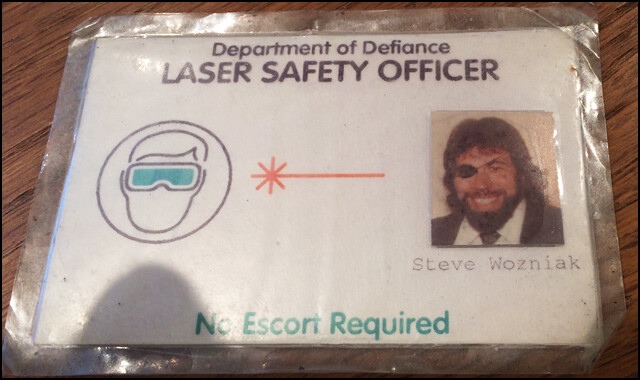Thought folks might find this somewhat interesting, an open-source 40W CO2 laser design:
Their github repo (BOM, manuals and the like) is at:
…to be clear, I have not started building one, but it seems fairly well-thought-out and competently done?
Thought folks might find this somewhat interesting, an open-source 40W CO2 laser design:
Their github repo (BOM, manuals and the like) is at:
…to be clear, I have not started building one, but it seems fairly well-thought-out and competently done?
Power Requirements: 220V 1000W max ![]()
It’s almost unfair to throw something like that on a forum full of makers and engineers.
I wonder how much trouble I’ll get into… ![]()
The tube is about $180 on Amazon.
Who’s going to be the first to build one?

Hmmm…my GF is getting older…
Its stated 0.5mm “resolution” (we’ll call it precision from here on out) is about 0.02”.
If I’m reading this right: By comparison the performance glowforges claim 0.001” precision. It’s tempting to call that 20x as precise but that’s not quite right. What it means in a practical sense is that its position will be +/- 0.019”.
To put it into more concrete terms: things kerf correction is off the table. If you’re trying to engrave a round design onto a pin, being off center by 0.02” will be noticeable. If you’re trying to place it exactly on a slate round coaster it might not be.
It’s interesting but it’s not quite in the same league.
I am wondering when this launched. There were years when Makerbots were DIY mostly or only, but now commercial 3D printers are much better designed, easier to use(?), etc. That might account for a lot of difference in precision vs other brand names out there. I tried using my R1 to find the founding date but it could not do that, even as it has been amazing for tracking such information otherwise.
I had a Blacktooth laser in the pre-Glowforge days. My lesson from that was that endlessly tinkering with a laser cutter/engraver is a different endeavor from making things using a laser.
Was always my biggest issue. And That was my primary reason for going to glowforge.
My GF spikes up close to that at times. It’s on 120V of course, so the current is higher. 220V requirement is dumb and unnecessary for 1000W. A professional hair-dryer can use almost twice that. Before I switched to all LED, my gentle home lighting used close to that. (and for those wondering, my total power use for lighting in the evening is around 20W now…)
I’m not sure it’s “dumb and unnecessary” for someone in Germany to use the standard voltage for most of the world outside of North America.
I had a quick look at the parts list and the power supply and other parts they’re using seem to all be dual voltage anyway, so it’s probably not actually a requirement. The thing is open source so you could always just substitute America-centric components for the dumb ones.
Sorry, I had no idea this was based outside the US. I have no interest so I hadn’t looked into it. Yes, 220/240 is standard in most of the world. My bad.
An open-source solution for non-US residents would be great. The GF manufacturing and support model is not all that good for people not here.
This topic was automatically closed 32 days after the last reply. New replies are no longer allowed.